Apple recently announced that the groundbreaking Emergency SOS satellite safety service is now available to customers in North America, specifically the US and Canada. The service is available on all iPhone 14 models; the advanced technology enables users to message with emergency services while outside of cellular and Wi-Fi coverage. Additionally, users can now open the Find My app and share their location via satellite to reassure friends and family of their whereabouts while traveling off the grid. Emergency SOS via satellite is available in the US and Canada starting 15 November 2022, and will extend to France, Germany, Ireland, and the UK in December. Unfortunately, there is no indication of when the service will be available in Mexico (where Starlink is fortunately available).
Greg Joswiak, Apple’s senior vice president of Worldwide Marketing said,
“Some of the most popular places to travel are off the beaten path and simply lack cellular coverage. With Emergency SOS via satellite, the iPhone 14 lineup provides an indispensable tool that can get users the help they need while they are off the grid. Our teams worked tirelessly to tackle a new set of technical challenges to bring this service to life, in addition to building a reliable on-the-ground infrastructure. Emergency SOS via satellite is a breakthrough service available only on the iPhone 14 lineup and a new innovation that we hope will provide our customers some peace of mind.”
Thanks to a $450 million investment, every model in the iPhone 14 lineup can connect directly to a satellite through a combination of custom-designed components and deeply integrated software. Emergency SOS via satellite builds on existing features vital to iPhone users, including Emergency SOS, Medical ID, emergency contacts, and Find My location sharing, offering the ability to connect to a satellite for a more holistic approach to sharing critical information with emergency services, family, and friends. This potential life-saving service allows emergency services call centers (Public Safety Answering Points “PSAPs”) to connect to even more users in emergencies and requires no additional software or protocols to enable communications. iPhone 14 users in distress will be connected directly to emergency services equipped to receive text messages or to relay centers with Apple-trained emergency specialists ready to contact PSAPs that cannot receive text messages on the user’s behalf.
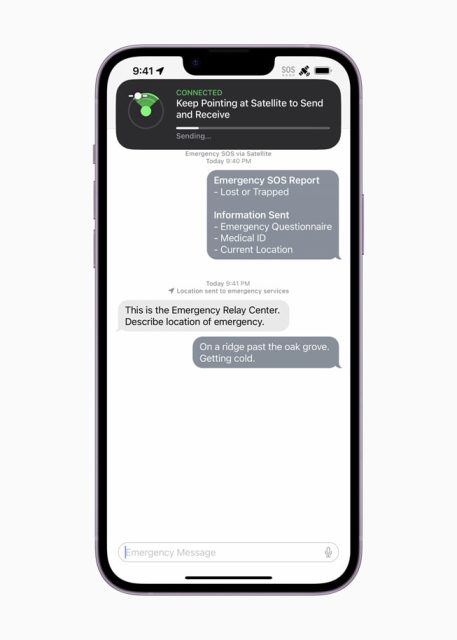
iPhone can quickly and easily call emergency services if a user is in need of help, even if they are unable to dial 911; if a user is not able to reach emergency services because no cellular or Wi-Fi coverage is available, an easy-to-use interface appears on iPhone to get the user help utilizing a satellite connection. Apple has worked closely with experts to review standard questions and protocols to identify the most common reasons for calling emergency services. A short questionnaire will appear to help the user answer vital questions with a few simple taps, which are transmitted to dispatchers in the initial message to ensure they can quickly understand a user’s situation and location.
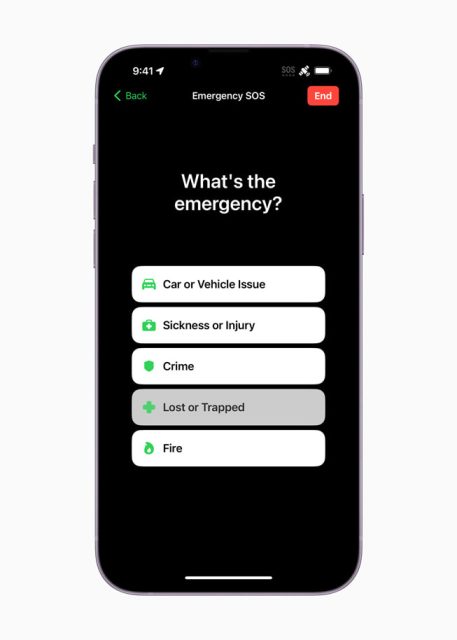
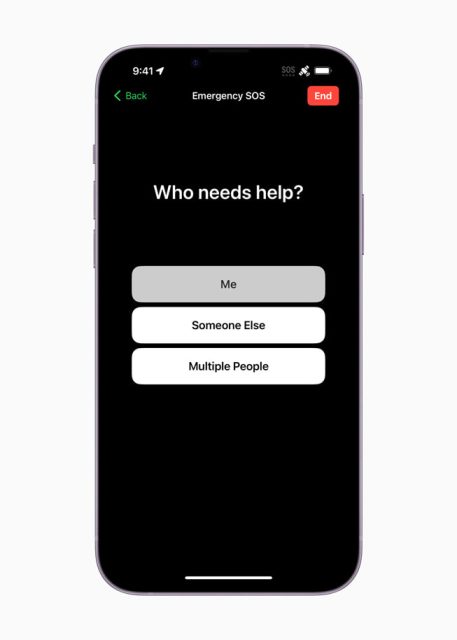
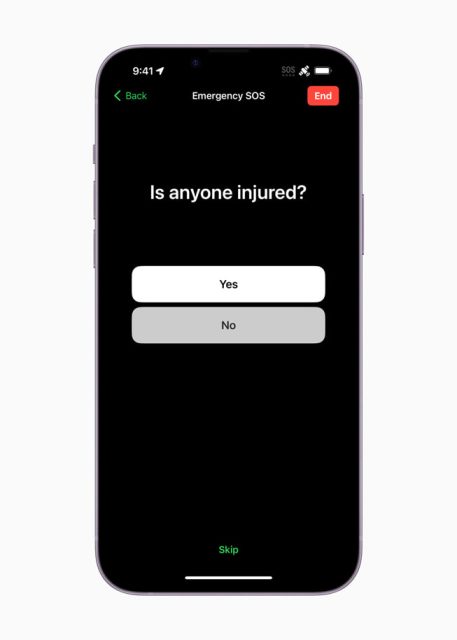
Following the questionnaire, the intuitive interface helpfully instructs the user where to point their iPhone to connect and sends the initial message that will include the user’s questionnaire responses, location, including altitude, iPhone battery level, and Medical ID, if enabled. The questionnaire and follow-up messages are relayed directly via satellite to dispatchers, and the transcript can also be shared with the user’s emergency contacts to keep them informed.
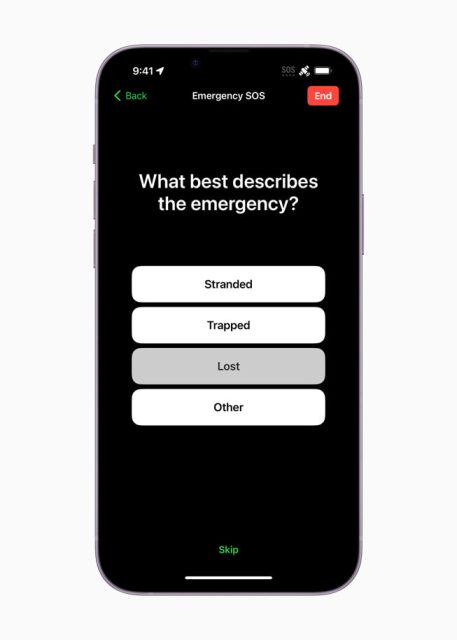
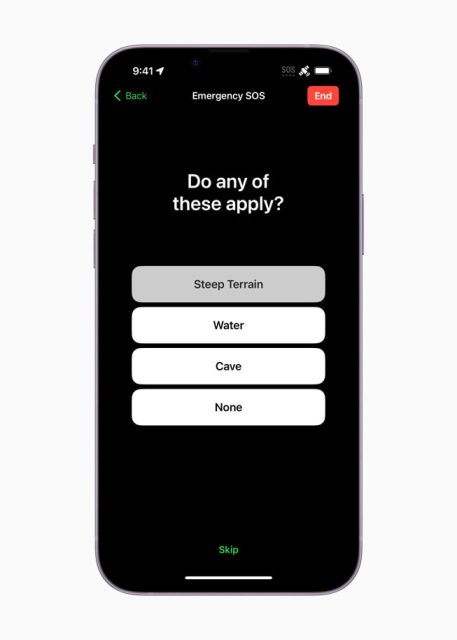
Laurene Anderson, NENA: The 9-1-1 Association’s president and Charlotte County, Florida’s E911 manager said,
“Emergency SOS via satellite will not only be useful for those who live in rural areas without cellular coverage but also for those who find themselves in the path of a natural disaster that takes down mobile networks. It will allow members in impacted communities to connect with 911 and get help, and that’s our mission. Awareness and training will be key to seamless adoption of this service. What Apple is doing to spread the word among dispatchers, and to let the community practice with a demo mode that does not contact 911, will help everyone know what to do when an emergency strikes.”
For users who go off the grid but don’t experience an emergency, this advanced technology also enables them to share their location via satellite with Find My app, where users can open the Me tab, swipe up to see My Location via Satellite, and tap Send My Location. The satellite connection on the iPhone 14 lineup also works with other safety features available on iPhone and Apple Watch, including Crash Detection and Fall Detection.
Our No Compromise Clause: We carefully screen all contributors to ensure they are independent and impartial. We never have and never will accept advertorial, and we do not allow advertising to influence our product or destination reviews.



